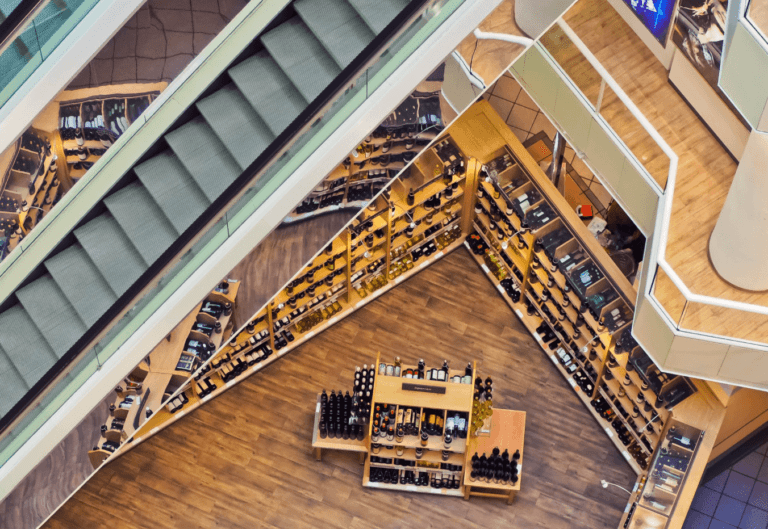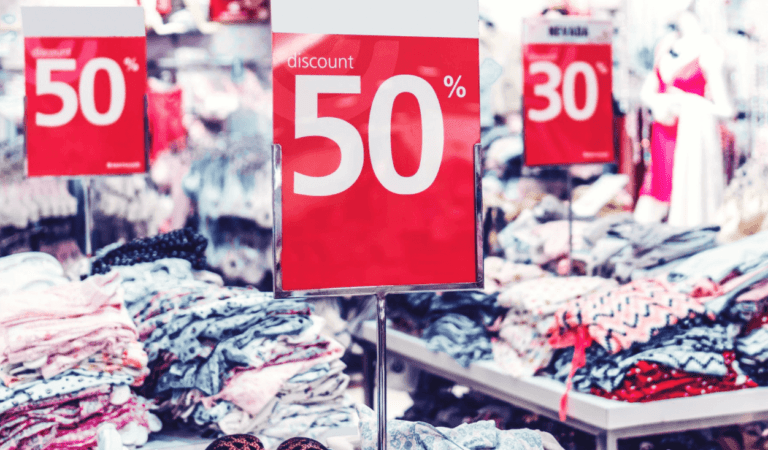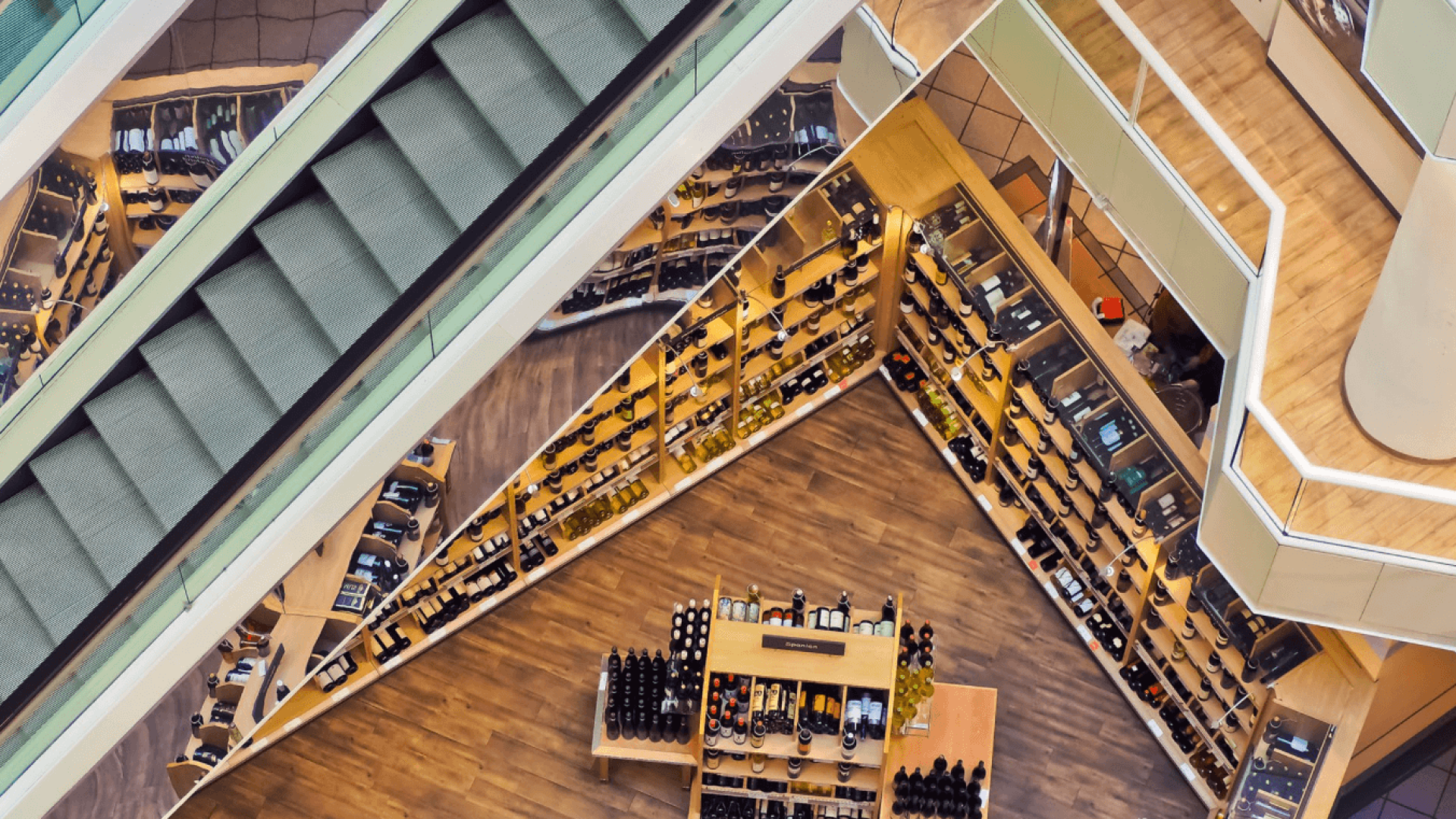Previously a renowned name in ecommerce, Amazon has not entered the retail market too. Let’s see how that works out for the ecommerce giant.
It’s no secret that Amazon has a stronghold in the ecommerce industry, making its CEO the richest man in the world. However, it seems like the ecommerce giant is slowly making its way towards retail.
While some might consider it to be a primitive move, going from online to brick-and-mortar sales, others see a bright future for Amazon in the retail space. Below, we discuss Amazon’s participation in retail in detail.
Overview of Retail on Amazon Platforms
However, this won’t be the first time Amazon has taken a step this way since Amazon Books is already present in some locations across the country. But this time, Amazon wants to create departmental stores across the US to enhance the sale of Amazon apparel, electronics, and household items.
Reports show that Amazon’s first departmental stores will be located in California and Ohio. These stores will be 30,000 square feet, which is smaller as compared to other departmental stores.
At the moment, it is not evident which brands these stores will sell. However, most people speculate that Amazon will prominently display its private-label goods in stores.

How Amazon Impacted Brick-and-Mortar Stores Over the Years
Amazon impacted brick-and-mortar stores so significantly in the past decade that there is an actual term for it called the Amazon Effect. It refers to the impact created by Amazon’s ecommerce services on traditional businesses.
One of the changes brought about by the Amazon Effect is consumer expectations. Amazon has always been keen on providing the best customer service.
With more and more consumers benefiting from Amazon’s top-notch service, they now expect the same purchasing experience and customer service from brick-and-mortar stores.
Additionally, the Amazon Effect has also led to price flexibility. Now, consumers do not have to negotiate face to face with a seller since they can compare prices online. Plus, Amazon has the ability to change its prices to fit demand with minimum costs.
As a result, pricing on Amazon is more competitive as compared to conventional stores. Therefore, brick-and-mortar stores are forced to bring more flexibility to their pricing if they are to remain in the competition.
In fact, consumers check prices online before buying something from a physical store now. 65% of the consumers said if they have to make a purchase in a brick-and-mortar store, they check the price online first to determine if they can get a good deal.
While the conversation surrounding the Amazon Effect mostly includes small businesses, it’s actually the larger retail stores that are getting affected most.
For instance, Toys R Us and Sears are two of the many large retail stores that closed partly due to a dip in sales since the consumers headed to Amazon to find everything they need.
However, that is not to say that small businesses are not getting affected by the presence of Amazon in the market. Since small businesses can not match the fast delivery services and versatile options that Amazon offers, they lose customers.
Therefore, Amazon has affected the brick-and-mortar stores substantially in the past, and it’s going to have an even larger effect by entering the competition now.
Amazon’s Interest in Retail
Amazon’s interest in retail is nothing novel. The company launched Amazon Books, its first physical store, in Seattle in 2015.
After that, Amazon acquired Whole Foods, getting ownership of 460 stores in Britain, Canada, and America. On top of that, Amazon opened the first Amazon Go – a checkoutless grocery store – in Seattle in 2018 after a year of testing.
So, it’s not a sudden attempt from Amazon to enter the retail market. The company has been laying the groundwork for quite some time, and now it is ready for action.
Why Amazon is Going ‘Backwards’
On the surface, it might seem like Amazon is going backward by creating physical department stores across the nation. However, it’s a lucrative step for the company since it is already known among customers for top-notch service.
But why exactly is Amazon tapping into the retail market?
Simply put, it is because the market is ready for disruption. Currently, Amazon can see that shoppers are not satisfied with the in-store experience, and the company wants to eliminate these problems from its stores.
Thus, Amazon’s department stores will not be like others. They will be better, improving the customers’ experience.

How Does This Benefit the Company?
Before the pandemic, in 2019, 90% of the retail sales in the US came from physical stores. While it’s true that the pandemic shifted the trend towards ecommerce, who knows if people will start coming back to physical shopping once everyone is vaccinated?
Amazon knows there will always be a group of people who prefer to shop in stores rather than online. So, it makes sense to be on the ground along with being online since it gives the company access to both kinds of consumers.
In the first two quarters of 2021, Amazon reported seeing a 25.4% increase in net product sales, rising from $90.09 billion to $115.50 billion. The company’s Prime Day, which lasted two days, earned $6.8 billion in revenue.
At the moment, Amazon is earning all this from its ecommerce channel. Now, imagine department stores with Amazon apparel, toys, electronics, and home items open all over the country. The revenue hike will be phenomenal.

Amazon Plans to Partner with Brands
To ensure its success in the retail space, Amazon plans to partner with brands, and the feelings seem to be mutual. For instance, Chico’s is a women’s clothing chain that lost brick-and-mortar sales in 2018, probably due to the Amazon Effect.
However, the retailer did not try to take on a competitor too big for it. Instead, Chico’s now has a store on Amazon, selling over 2,300 styles. Interestingly, the brand’s sales improved significantly due to this partnership.
Similarly, Goldman Sachs also announced a partnership with Amazon in 2020 to offer small business loans. The relationship between Amazon and other brands is definitely one of mutualistic benefit, which is why it’s likely that the company will do well in the retail space once its physical stores launch.


